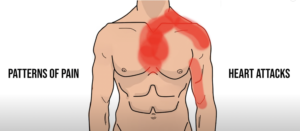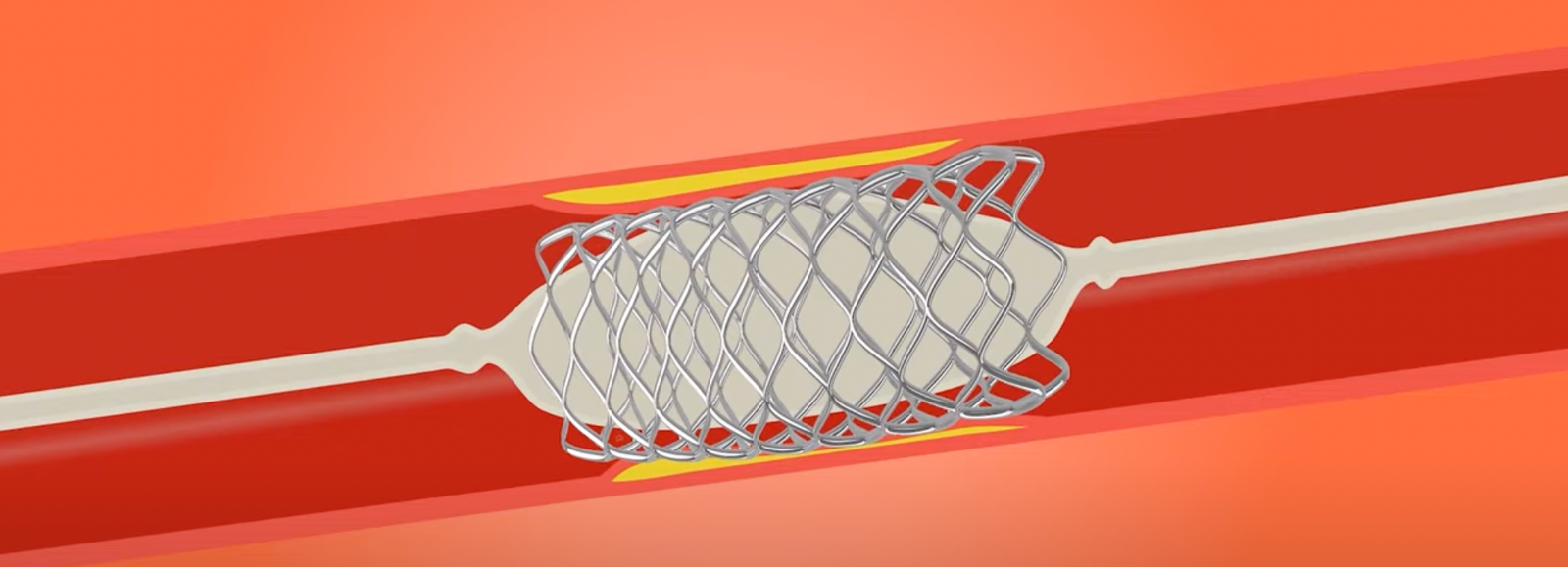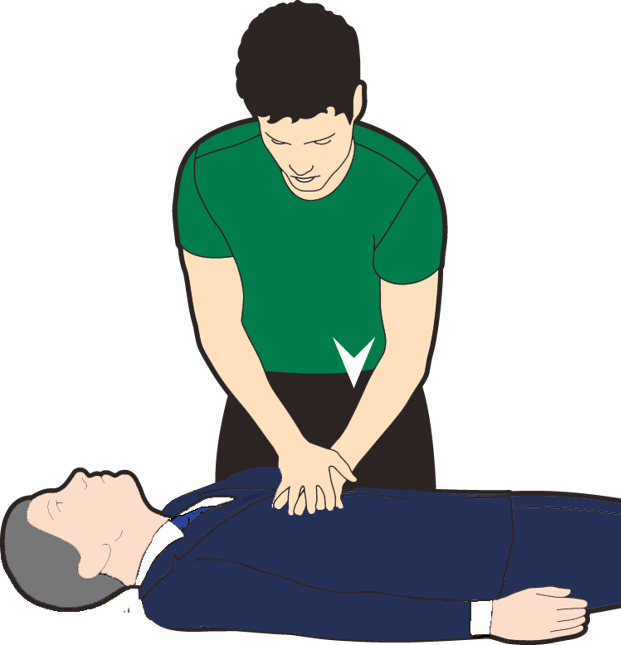Heart disease is one of the leading causes of death globally, and among the most feared conditions is a heart attack. Yet, many people still lack essential knowledge about what a heart attack really is, how to recognize the symptoms, and what actions to take if someone is experiencing one.
This detailed guide will walk you through everything you need to know—from causes and risk factors to emergency first aid and prevention.
What Is a Heart Attack?

The Role of the Heart and Its Blood Supply
Your heart is a muscular organ that pumps blood to every part of your body. It does this through coordinated contractions of its four chambers:
-
Right Atrium
-
Right Ventricle
-
Left Atrium
-
Left Ventricle
To function effectively, the heart muscle itself also needs a constant supply of oxygen-rich blood. This is delivered through special arteries called coronary arteries.
What Happens During a Heart Attack?
A heart attack, or myocardial infarction, occurs when there’s a blockage in one or more of the coronary arteries. This blockage restricts the flow of oxygenated blood to a portion of the heart muscle. If the blood flow isn’t restored quickly, that part of the muscle begins to die.
Who Is at Higher Risk of a Heart Attack?
While a heart attack can happen to anyone, some individuals are more vulnerable due to certain risk factors:
-
Smokers
-
Family history of heart disease
-
Diabetics
-
People with high blood pressure (Hypertension)
-
High LDL (bad) cholesterol levels
-
Obesity
-
Sedentary lifestyle
-
Chronic stress or poor mental health
These individuals should be particularly vigilant about recognizing early symptoms and maintaining heart-healthy habits.
Common Signs and Symptoms of a Heart Attack



Heart attack symptoms can vary, and not everyone will experience the same ones. Below are the most common indicators:
1. Chest Pain or Discomfort
Often described as a pressure, squeezing, fullness, or pain in the center or left side of the chest. This discomfort may last more than a few minutes or go away and come back.
2. Radiating Pain
Pain can spread to the shoulders, neck, jaw, back, or left arm.
3. Shortness of Breath
May occur with or without chest discomfort.
4. Other Symptoms
-
Nausea or vomiting
-
Cold sweats
-
Lightheadedness or dizziness
-
Fatigue or unusual tiredness
-
Fainting
⚠️ In diabetics, a condition known as silent MI (Myocardial Infarction) may occur with minimal or no pain, making it even more dangerous.
Types of Heart Attack
There are two primary types of heart attacks based on the severity of arterial blockage:
1. STEMI (ST-Elevation Myocardial Infarction)
This is a complete blockage of a coronary artery. It’s a severe and life-threatening condition where immediate treatment is critical. The affected part of the heart may start to die within minutes.
2. NSTEMI (Non-ST-Elevation Myocardial Infarction)
This involves a partial blockage, but the heart muscle still receives some blood flow. Though not as immediately life-threatening as STEMI, it still requires prompt treatment to avoid complications.
What Causes a Heart Attack?
Several factors can lead to the blockage of coronary arteries:
-
Atherosclerosis (plaque buildup)
-
Blood clots
-
Spasm of a coronary artery
-
Tear in the artery wall
-
Use of stimulants like cocaine
When plaques rupture, a blood clot can quickly form around it and completely block the artery.
How Is a Heart Attack Diagnosed?
To confirm a heart attack, doctors rely on several tools:
1. Electrocardiogram (ECG)
Detects abnormal heart rhythms and shows if part of the heart muscle is damaged.
2. Blood Tests (Troponin Test)
Elevated troponin levels indicate injury to the heart muscle.
3. Echocardiogram
Uses sound waves to produce images of your heart’s function.
4. Coronary Angiography
A dye is injected into the bloodstream to look for blockages in coronary arteries.
Treatment Options for Heart Attack
1. Thrombolytic Therapy
These are clot-busting medications administered to quickly dissolve the blockage.
2. Balloon Angioplasty
A catheter with a small balloon is inserted to open the blocked artery.

3. Stent Placement
A stent (tiny mesh tube) is placed to keep the artery open permanently.
🕒 Time is critical. The ideal window to restore blood flow is within 60 minutes. Delayed treatment increases the risk of permanent heart damage or death.
First Aid for Heart Attack
If you suspect someone is having a heart attack, your response can be life-saving.
Step 1: Recognize the Symptoms
Quickly assess for:
-
Chest pain
-
Shortness of breath
-
Sweating
-
Nausea
-
Dizziness
Check for high-risk background: diabetes, obesity, hypertension, family history, smoking, etc.
Step 2: Call Emergency Services Immediately
Don’t delay—call an ambulance right away. Ambulances are equipped with life-saving tools, medications, oxygen, and trained personnel.
🚑 Pro Tip: If available, choose a super-specialty hospital with a cardiology department for advanced care like angioplasty.
Step 3: Keep the Person Calm and Still
Help them lie down or sit comfortably. Reassure them and avoid physical exertion.
Step 4: Give Aspirin (If Advised)
If the person is conscious and not allergic and has no history of gastrointestinal bleeding, administer 150mg of aspirin to chew. This helps prevent the clot from worsening.
❗ Only administer aspirin if you’re sure it’s safe.
Step 5: Monitor Vital Signs
If the person becomes unresponsive, check for breathing and pulse. If absent, start CPR immediately and continue until emergency responders arrive.
CPR and Emergency Response

When to Perform CPR
If the person is:
-
Not breathing
-
Has no pulse
-
Unconscious and unresponsive
Start Chest Compressions:
-
Press hard and fast in the center of the chest (100–120 compressions per minute)
-
If trained, give rescue breaths after every 30 compressions
Long-Term Care and Recovery
After surviving a heart attack, ongoing care is crucial to prevent future attacks:
-
Take prescribed medications regularly (e.g., statins, beta-blockers, blood thinners)
-
Adopt a heart-healthy diet
-
Exercise regularly (as recommended by your doctor)
-
Quit smoking
-
Manage stress and mental health
-
Attend cardiac rehabilitation programs
How to Prevent a Heart Attack
You can significantly lower your risk by making lifestyle changes:
1. Eat Heart-Healthy Foods
Focus on:
-
Fresh fruits and vegetables
-
Whole grains
-
Lean proteins (like fish or legumes)
-
Healthy fats (like nuts, olive oil)
Avoid:
-
Trans fats
-
Excess sugar
-
High-sodium packaged foods
2. Stay Active
Aim for at least 150 minutes of moderate aerobic activity each week.
3. Manage Medical Conditions
Keep conditions like diabetes, hypertension, and cholesterol levels under control.
4. Avoid Smoking and Limit Alcohol
Even second-hand smoke is a risk factor. If you smoke, seek help to quit.
5. Regular Check-Ups
Routine health screenings can detect problems before they become life-threatening.
Final Thoughts
A heart attack is a medical emergency that requires immediate attention. Being aware of the warning signs, risk factors, and emergency response protocols can save lives. Whether it’s recognizing symptoms in yourself or helping someone else, knowledge is the most powerful tool you have.
By adopting heart-healthy habits and staying informed, you not only reduce your risk but also empower those around you to do the same.